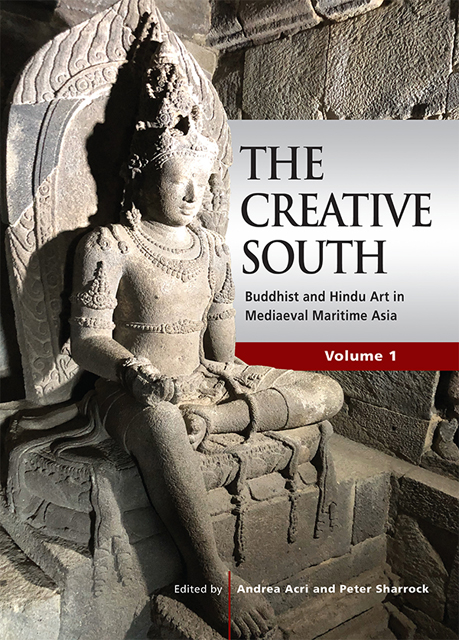9 - The Colossal Trà Kiệu Pedestal in Campā and its Relationship to Courtly Culture in Cambodia, East Java, and China
Published online by Cambridge University Press: 01 September 2023
Summary
Introduction
The polities of Campā along the coast of central Vietnam were not politically united, but the Cams appear to have participated in temple and courtly culture, as can be seen through their inscriptions and image making. A 16th-century Spanish account of the customs in Campā mentions at least five courtly festivals held annually by the Cam king, including feasts, plays, public races, and celebrations of elephant and tiger hunts (Souza and Turley 2016: 677–680). In addition, Chinese histories describe the Cam kings performing public processions with elephants, parasols, drums, and conches. These observations indicate a public display suggesting that the Cam polities shared political and cultural expression of power and religion. This chapter explores the extent to which the Cams incorporated themselves into the international political and economic sphere in the 9th–10th centuries by projecting onto their artistic productions a complex and creative military and courtly culture.
One of the most well-known sacred epics in South and Southeast Asia is the Rāmāyaṇa, the life story of Rāma, an avatar of Viṣṇu. Using textual sources, visual evidence, and recent scholarship, this chapter analyses the colossal Trà Kiệu pedestal within the context of the Rāmāyaṇa in Khmer and Javanese cultures during the 9th–10th centuries. Visual evidence includes the Rāmāyaṇa sandstone reliefs preserved at the Đà Nẵng Museum of Cam Sculpture and imagery from three central Vietnam archaeological sites: Khương Mỹ, Chiên Đàn, and Chánh Lộ. The visual evidence shows three shared iconographic elements: archers with bows, architectural features, and dancing apsarases found in Campā, East Java, and Cambodia. I suggest that the Rāmāyaṇa reliefs reveal that the Trà Kiệu pedestal found in a temple context also promoted courtly culture with close relationships to the art and cultures of Cambodia, East Java, and China in the 9th–10th centuries. I define courtly culture as comprising ceremonial, celebratory, and martial activities with an emphasis on symbols of power, hierarchy, and etiquette for political motivations. Within the sacred sphere, the stone Trà Kiệu pedestal also commemorates royal-divine interactions through the narrative of the Rāmāyaṇa.
History Of The Trà Kiệu Pedestal
The colossal Trà Kiệu pedestal and the liṅga-yoni were discovered in the 19th century in Trà Kiệu village of Quảng Nam province in central Vietnam.
- Type
- Chapter
- Information
- The Creative SouthBuddhist and Hindu Art in Mediaeval Maritime Asia, pp. 305 - 333Publisher: ISEAS–Yusof Ishak InstituteFirst published in: 2023



